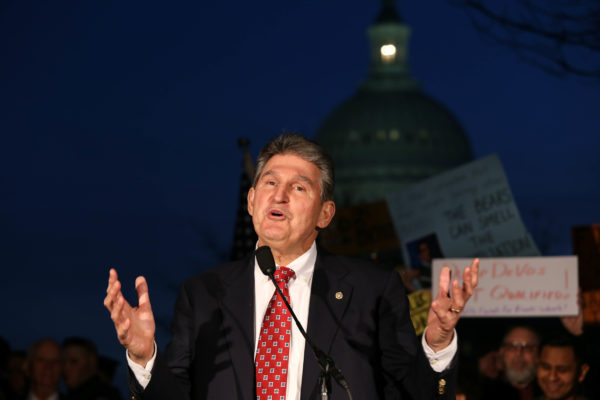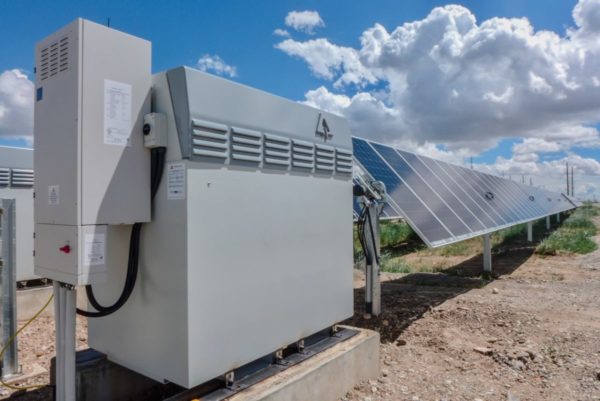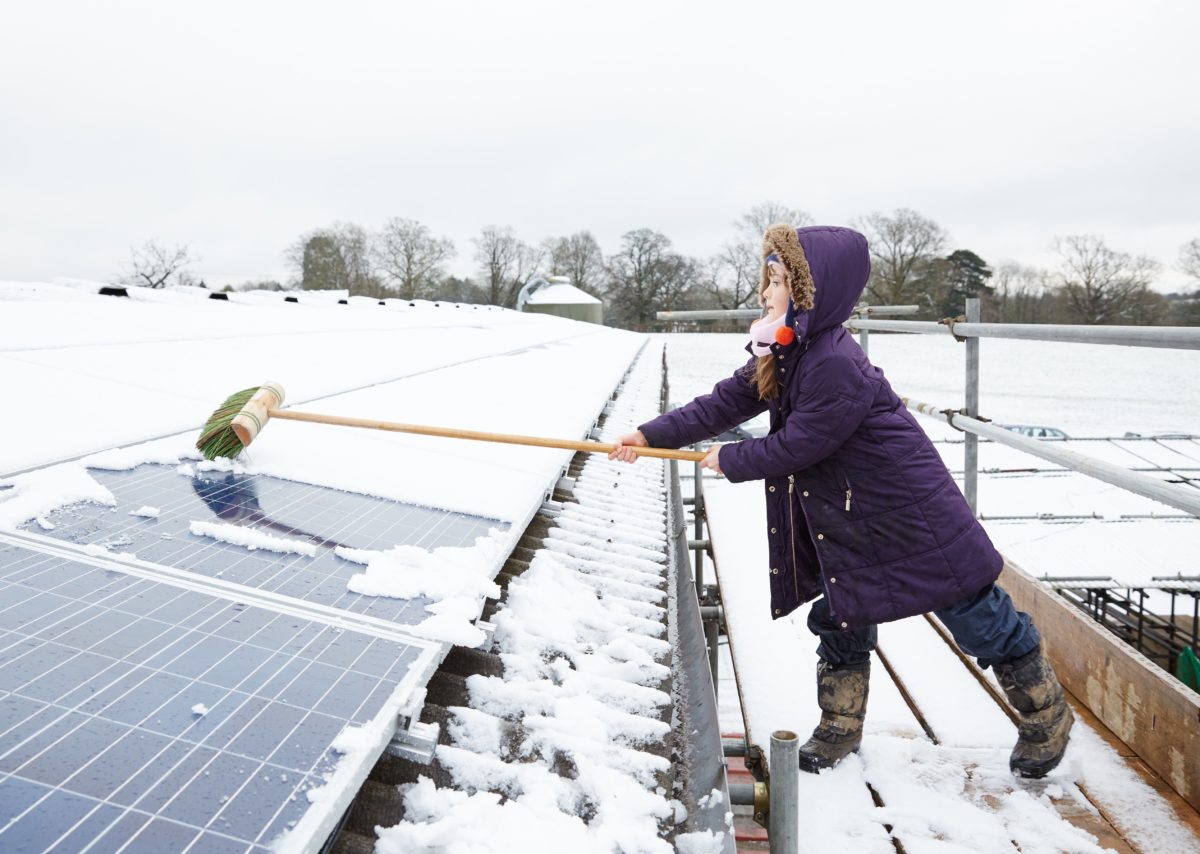The solar industry continues to set records year-over-year, growing to a bankable, attractive investment, and set to be a major source of energy going forward. The prospect of solar growth looked rosier than ever with the proposed Build Back Better Act (BBBA) appearing to approach approval. The bill had a record-breaking $550 billion for climate measures, including tax credits for the domestic manufacture of solar, upfront consumer rebates, and much more.
Projections for the year looked fantastic, and publicly traded stocks rose sharply in anticipation. However, the excitement turned out to be a sugar-high, as in late December Sen. Joe Manchin (D-WV) harpooned the Act, saying he “cannot vote” for the measure, sending solar stocks and analyst projections tumbling.

Image: Wikimedia Commons
Image: Wikimedia Commons
At present, Manchin is arguing for a bill below $1.75 trillion, down from the $2 trillion proposal that only needed his vote to enter the filibuster-skipping process of reconciliation that would push the Act past the dissenting Republican party. This proposal was already a slashed version of the $3.5 trillion original plan. The White House has voiced that it will still fight for a $2 trillion proposal level.
What this means is that the BBBA may be locked up in legislative combat for a while. Brandon Conard, partner of solar investment firm and developer SolRiver Capital, told pv magazine that often major resolutions to PV-relevant law seem to take place in December, so the nation may be waiting quite some time before funds are set free. In the meantime, Conard sees some bumps on the road for solar.
The fallout of no BBBA
Conard said that while many developers may not admit it, Build Back Better was priced into a lot of project bids that he was seeing for next year, something that he said SolRiver did not engage in. The prices were simply too low to not have included the discounts enabled by the Act. Now that the Act has suddenly been pulled from the table, these contracts are at risk of not being honored.

Image: SolRiver Capital
This will lead to project re-trading, stalled projects, and a general feeling of bad will and mistrust for investors looking to inject capital into the industry.
Unfortunately, cost relief is something the industry could really use right now, too. Shipping is up dramatically, in fact it has risen nearly fivefold over 12 months, according to Conard. A year ago, a container of panels cost roughly $5,000 to ship to site. Now, the price tag can be as high as $20,000. Conard said he sees relief on the way, but possibly not until the end of 2022.
Modules aren’t cheap right now, either. In 2020, bifacial panels could be shipped to site at $0.28/W. Now, the same panels may cost around $0.42.
Conard said that while other investors may pull out or slow down this year, SolRiver is pressing onward in 2022, dealing with the increased costs until relief comes. With costs up, and revenue essentially capped, the one last lever to push on is production and innovation. He said he sees value in technologies that can squeeze out more power, pointing to trackers over fixed-tilt mounts and bifacial over single-face modules. “Even a 1% increase in production can make a big difference right now,” said Conard.
Areas of opportunity
Despite the wait for BBBA, the industry is expected to grow at large, and there are areas of opportunity in the United States that Conard said SolRiver is actively investigating. Markets that once had little interest in solar are opening and growing quickly. Kentucky, Alabama, and Georgia were some of the states that Conard highlighted.

Image: Invinity
Kentucky, which is located in the PJM grid control region, appears to be slated for long-duration energy storage installations, too. Conard said the grid controller is contracting for large amounts of 10-hour-plus duration storage devices. He said SolRiver has taken an interest in flow batteries due to this demand. While lithium is a common technology in the energy storage realm, he said there are some fire safety (and therefore financial risk) concerns, and there are technical limitations to the duration of lithium storage.
Conard sees the path to electrical decarbonization as a multi-pronged approach. Earlier drafts of BBBA had incentives for the production of green hydrogen, which as use cases in high-energy intensive industrial activities. The provision has since been yanked, and Conard would like to see it added back in.
The White House calls for 100% carbon free electricity by 2030, at least half of which would be locally supplied clean energy meeting 24/7 demand. The nation has eight years to get there, and without supporting policy, it would be a steep climb.
This content is protected by copyright and may not be reused. If you want to cooperate with us and would like to reuse some of our content, please contact: editors@pv-magazine.com.









If we encourage agrivoltaics on farms that are going to lose irrigation water we can keep them producing food and support solar installations!